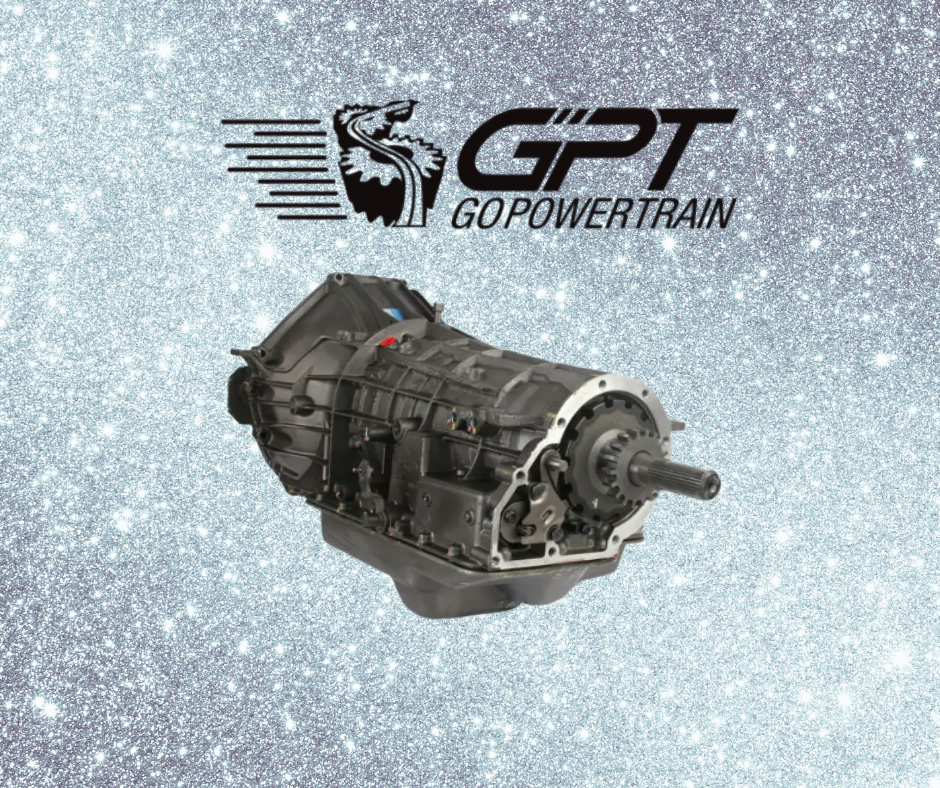Summary
The Ford 4R100 is built for the long haul, literally. While not immune to wear, it's a fundamentally dependable heavy-duty transmission when properly maintained. With torque capacity up to 1,000lbft, overdrive gear, and electronic lock-up control, it's a substantial upgrade over its predecessor. However, fluid maintenance, cooling upgrades, and periodic rebuilds become vital beyond the warranty period.
Let me know if you need gear ratios, fluid change procedures, or suitability comparisons with later transmissions like the 5R110 or TorqShift
FITMENT:
1999 Ford F-250 Super Duty 7.3L Power Stroke Diesel
2000 Ford F-250 Super Duty 7.3L Power Stroke Diesel
2001 Ford F-250 Super Duty 7.3L Power Stroke Diesel
2002 Ford F-250 Super Duty 7.3L Power Stroke Diesel
2003 Ford F-250 Super Duty 7.3L Power Stroke Diesel
1999 Ford F-350 Super Duty 7.3L Power Stroke Diesel
2000 Ford F-350 Super Duty 7.3L Power Stroke Diesel
2001 Ford F-350 Super Duty 7.3L Power Stroke Diesel
2002 Ford F-350 Super Duty 7.3L Power Stroke Diesel
2003 Ford F-350 Super Duty 7.3L Power Stroke Diesel
1999 Ford F-450 Super Duty 7.3L Power Stroke Diesel
2000 Ford F-450 Super Duty 7.3L Power Stroke Diesel
2001 Ford F-450 Super Duty 7.3L Power Stroke Diesel
2002 Ford F-450 Super Duty 7.3L Power Stroke Diesel
2003 Ford F-450 Super Duty 7.3L Power Stroke Diesel
2000 Ford Excursion 7.3L Power Stroke Diesel
2000 Ford Excursion 6.8L V10
2000 Ford Excursion 5.4L V8
2001 Ford Excursion 7.3L Power Stroke Diesel
2001 Ford Excursion 6.8L V10
2001 Ford Excursion 5.4L V8
2002 Ford Excursion 7.3L Power Stroke Diesel
2002 Ford Excursion 6.8L V10
2002 Ford Excursion 5.4L V8
1999 Ford Expedition 5.4L V8
2000 Ford Expedition 5.4L V8
2001 Ford Expedition 5.4L V8
2002 Ford Expedition 5.4L V8
1999 Lincoln Navigator 5.4L V8
2000 Lincoln Navigator 5.4L V8
2001 Lincoln Navigator 5.4L V8
2002 Lincoln Navigator 5.4L V8
1999 Ford F-150 SVT Lightning 5.4L Supercharged V8
2000 Ford F-150 SVT Lightning 5.4L Supercharged V8
2001 Ford F-150 SVT Lightning 5.4L Supercharged V8
2002 Ford F-150 SVT Lightning 5.4L Supercharged V8
2002 Lincoln Blackwood 5.4L V8
1997 Ford E-250 Econoline 5.4L V8
1997 Ford E-250 Econoline 6.8L V10
1997 Ford E-250 Econoline 7.3L Diesel
1998 Ford E-250 Econoline 5.4L V8
1998 Ford E-250 Econoline 6.8L V10
1998 Ford E-250 Econoline 7.3L Diesel
1999 Ford E-250 Econoline 5.4L V8
1999 Ford E-250 Econoline 6.8L V10
1999 Ford E-250 Econoline 7.3L Diesel
2000 Ford E-250 Econoline 5.4L V8
2000 Ford E-250 Econoline 6.8L V10
2000 Ford E-250 Econoline 7.3L Diesel
2001 Ford E-250 Econoline 5.4L V8
2001 Ford E-250 Econoline 6.8L V10
2001 Ford E-250 Econoline 7.3L Diesel
2002 Ford E-250 Econoline 5.4L V8
2002 Ford E-250 Econoline 6.8L V10
2002 Ford E-250 Econoline 7.3L Diesel
2003 Ford E-250 Econoline 5.4L V8
2003 Ford E-250 Econoline 6.8L V10
2003 Ford E-250 Econoline 7.3L Diesel
1997 Ford E-350 Econoline 5.4L V8
1997 Ford E-350 Econoline 6.8L V10
1997 Ford E-350 Econoline 7.3L Diesel
1998 Ford E-350 Econoline 5.4L V8
1998 Ford E-350 Econoline 6.8L V10
1998 Ford E-350 Econoline 7.3L Diesel
1999 Ford E-350 Econoline 5.4L V8
1999 Ford E-350 Econoline 6.8L V10
1999 Ford E-350 Econoline 7.3L Diesel
2000 Ford E-350 Econoline 5.4L V8
2000 Ford E-350 Econoline 6.8L V10
2000 Ford E-350 Econoline 7.3L Diesel
2001 Ford E-350 Econoline 5.4L V8
2001 Ford E-350 Econoline 6.8L V10
2001 Ford E-350 Econoline 7.3L Diesel
2002 Ford E-350 Econoline 5.4L V8
2002 Ford E-350 Econoline 6.8L V10
2002 Ford E-350 Econoline 7.3L Diesel
2003 Ford E-350 Econoline 5.4L V8
2003 Ford E-350 Econoline 6.8L V10
2003 Ford E-350 Econoline 7.3L Diesel


